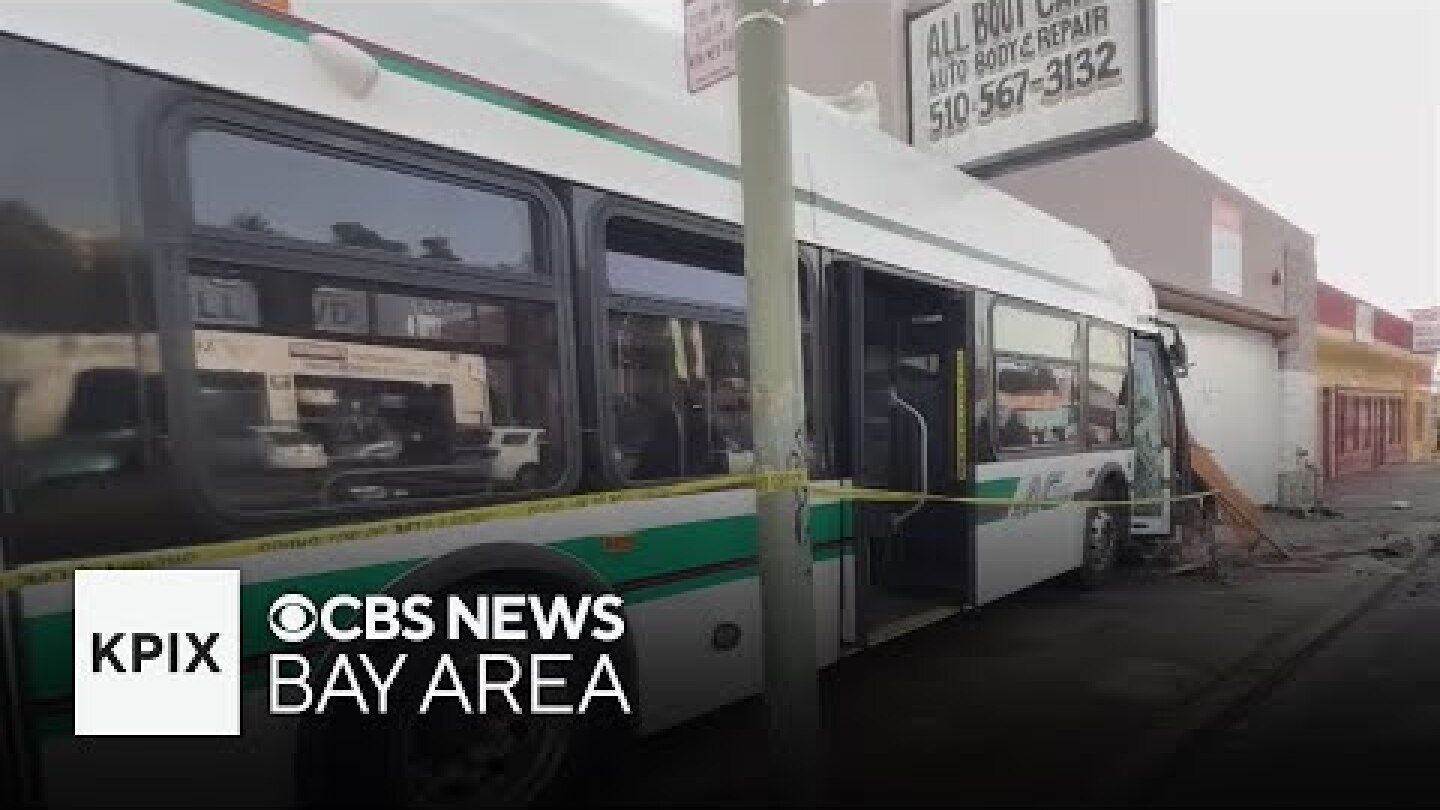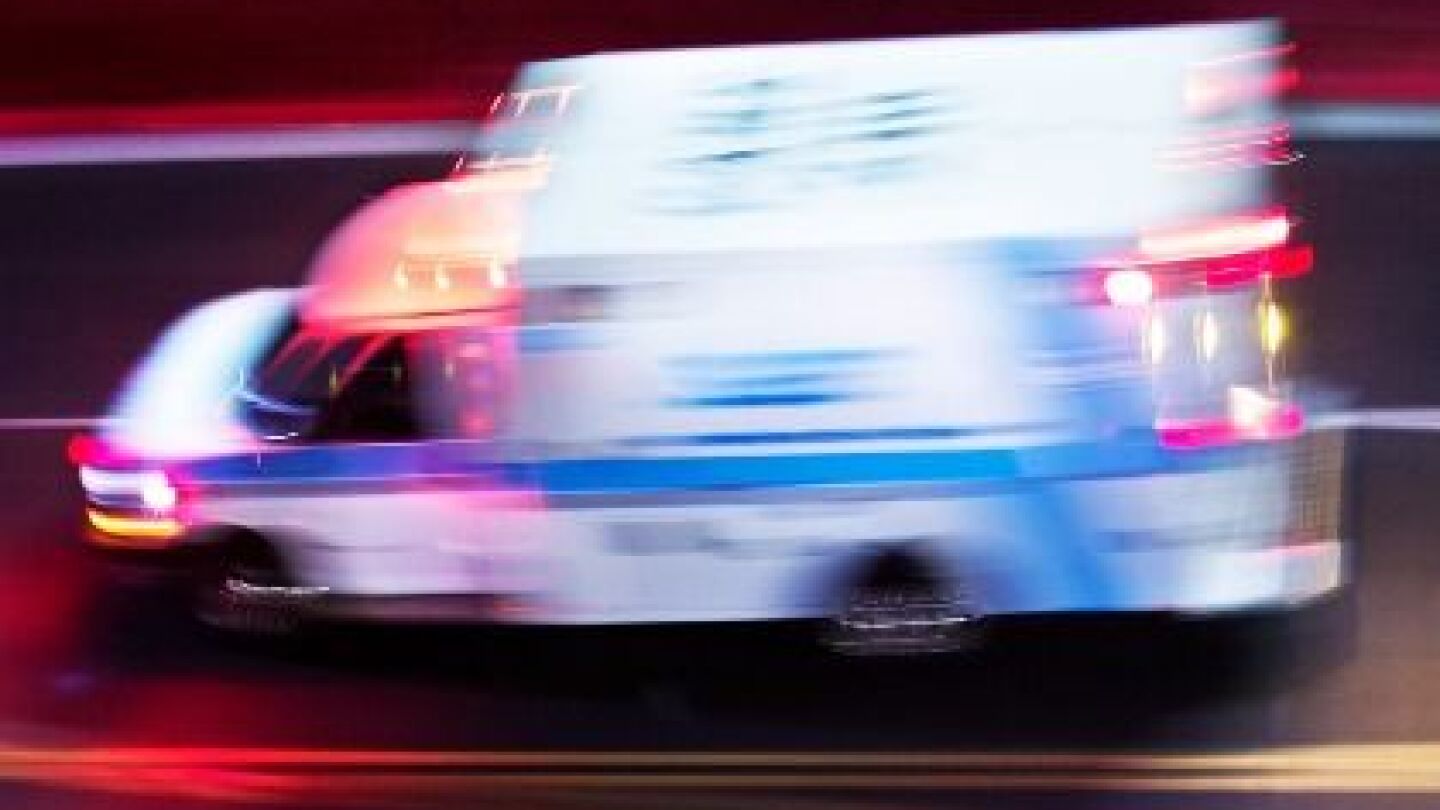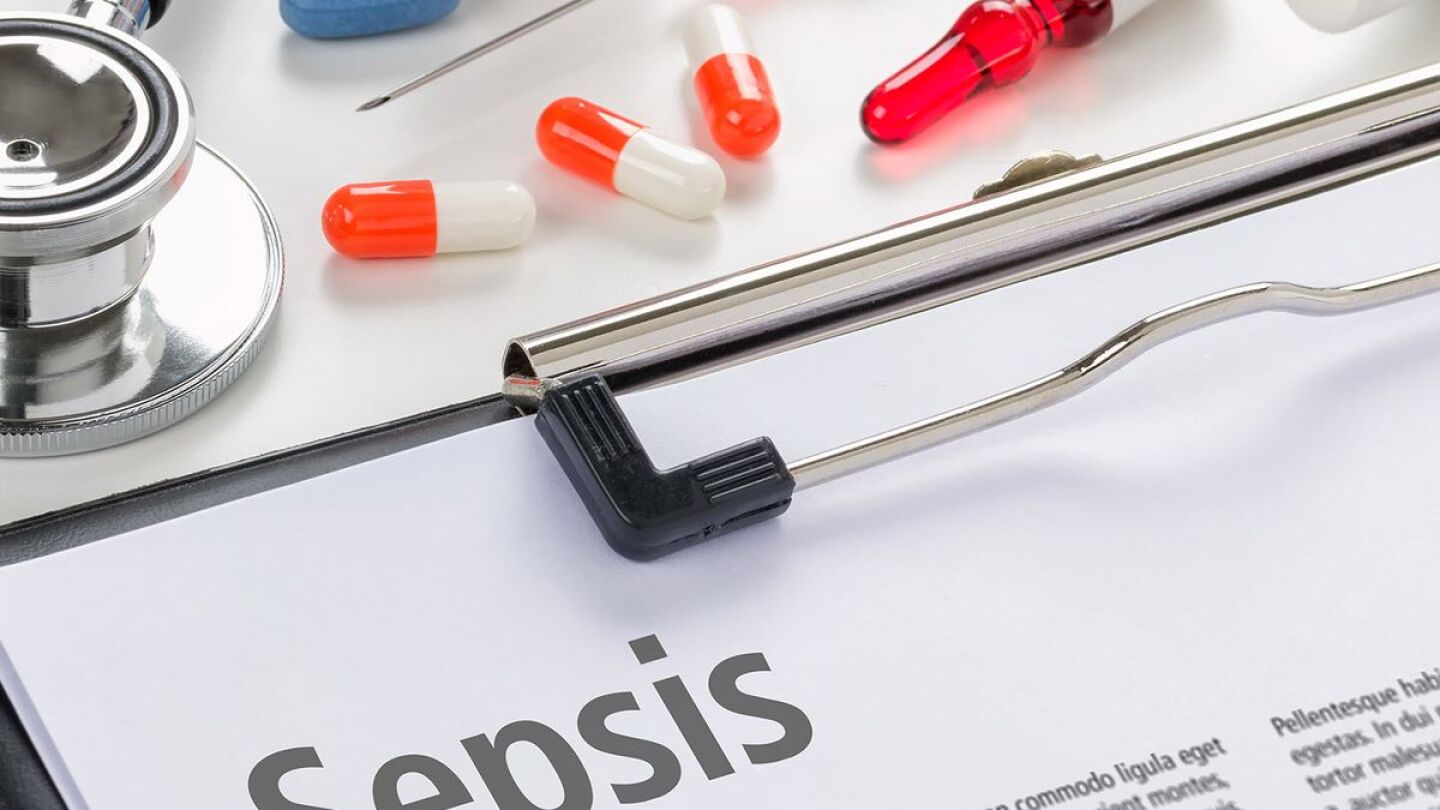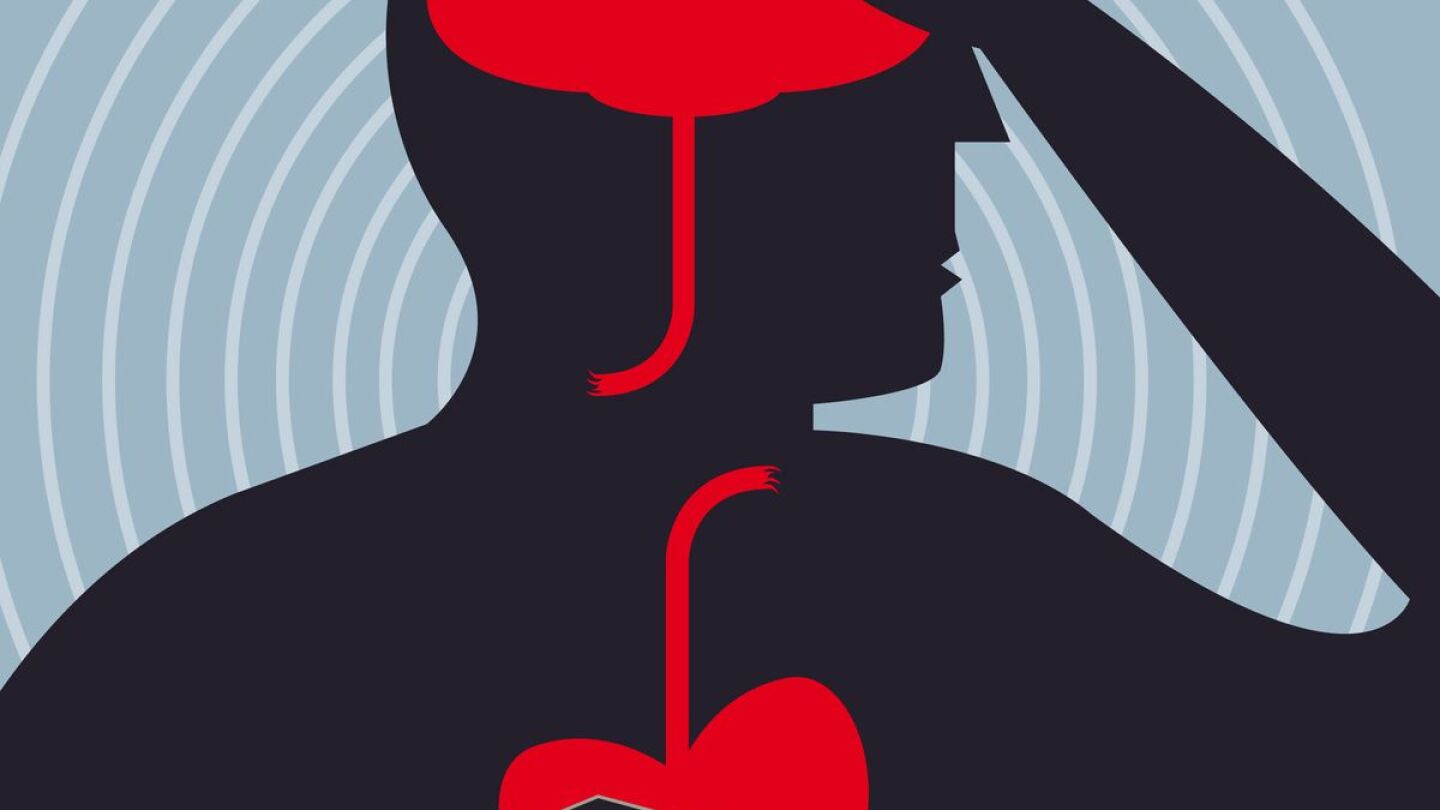Patient Assessment
Patient assessment is the process an EMT or paramedic follows to evaluate an injured or ill patient. The process includes a scene size-up, which is the identification and mitigation of risks, a primary assessment to find and fix life threats and a secondary assessment to perform a focused history and physical exam of the patient. Each step is an opportunity to collect information that will guide treatment and inform a transport decision. In the EMS1 Patient Assessment topic find the latest news about patient assessment and top resources to improve your patient assessment skills.
Use the chronological approach to tell a vivid story about a patient encounter, the care provided and your competence as an EMS provider
Keep the following tips in mind when you encounter a patient who has had too much to drink
A single question can unlock memories that will distract your patient from their current pain – and fill your day
A Bloom Township resident died after a carbon monoxide incident that also sent three civilians and seven firefighters to hospitals
Just days after deploying portable carbon monoxide monitors, Monongalia County EMS crews detected lethal gas levels at a restaurant medical call
Eleven Salisbury firefighters were among the injured when a roof collapsed during an offensive attack on a house fire after a gas line explosion
A damaged underground gas line in Ashland triggered a powerful explosion and fire
Crews used a tourniquet and rope rescue techniques to free and lower a South Windsor worker from the top of a canned beverage processing machine
An experienced backpacker had to be rescued after sinking thigh-deep in cold, flowing sand during a trek in Arches National Park
A diesel heater that wasn’t properly ventilated caused a carbon monoxide leak at an apartment construction site in Lexington
An Oakland transit bus collided with an SUV, jumped a curb and crashed into an auto repair shop
Hypothermic patients, multi-systems trauma and slippery scenes present difficult decision-making challenges for rescuers
Gunfire erupted during a child’s birthday celebration at a Stockton banquet hall, leaving four, ages 8, 9, 14 and 21, dead
A 26-year-old woman suffered life-threatening burns after a man allegedly set her on fire during an argument aboard a CTA Blue Line train
City leaders say the proposed fees could save taxpayers millions and push care facilities to improve how they assist residents
A leaking gasket on a truck released anhydrous ammonia outside a hotel in Weatherford, injuring five officers and sending 45 people to hospitals
Crush syndrome can be expected following any event where patients are trapped for a length of time
A bus carrying teens and young adults from Our Lady of Guadalupe in Santa Ana overturned on a winding San Bernardino Mountain highway, injuring 26 and sending 20 to hospitals
A passenger transport struck a concourse dock at Washington Dulles International Airport, sending 18 people to hospitals
Pittsburgh EMS and firefighters executed coordinated rope and ladder operations to remove 29 passengers from two stalled rail cars
Wrightsville Firefighter Chad Wombles’ right hand and left thumb were severed in an unprovoked attack before a police officer fatally shot the attacker
The harsh reality of end-of-life care — and the moral injury it inflicts on caregivers
EMS crews used a Stokes basket and rope system to rescue the critically injured man after he fell from the Acrisure Stadium’s main scoreboard
Several students became ill after eating candy a classmate brought to the Rancho Cordova school that resembled regular sweets but contained THC
The St. Charles County Ambulance District is using senior volunteers to simulate real-world calls and improve fall injury assessments
Design your training scenario to include increasingly complicated sepsis symptoms to test EMS providers’ differential diagnosis skills
In this episode learn the 5 diagnoses for altered mental status that can kill your patient emergently
Inspired by her 4-year-old with autism, Virginia Beach Paramedic Bailey Hartley’s kits equip crews with sensory tools to cut overload and improve communication
Paramedics push back on Indiana county’s new agreement allowing fire department medics to assist in DUI blood testing, citing ethical and legal concerns
MOST POPULAR
- Ga. firefighter’s hand severed in sword attack
- 44 ambulances respond after pepper spray use breaks up fight in Fla. school
- ‘This is evil': Authorities find multiple improvised explosives inside truck in New Orleans attack
- La. health department, Acadian Health begins pilot program to keep ‘super-utilizers’ out of EDs
- 30 feet to catastrophe: The price of a higher wall — injuries at the U.S.-Mexico border































